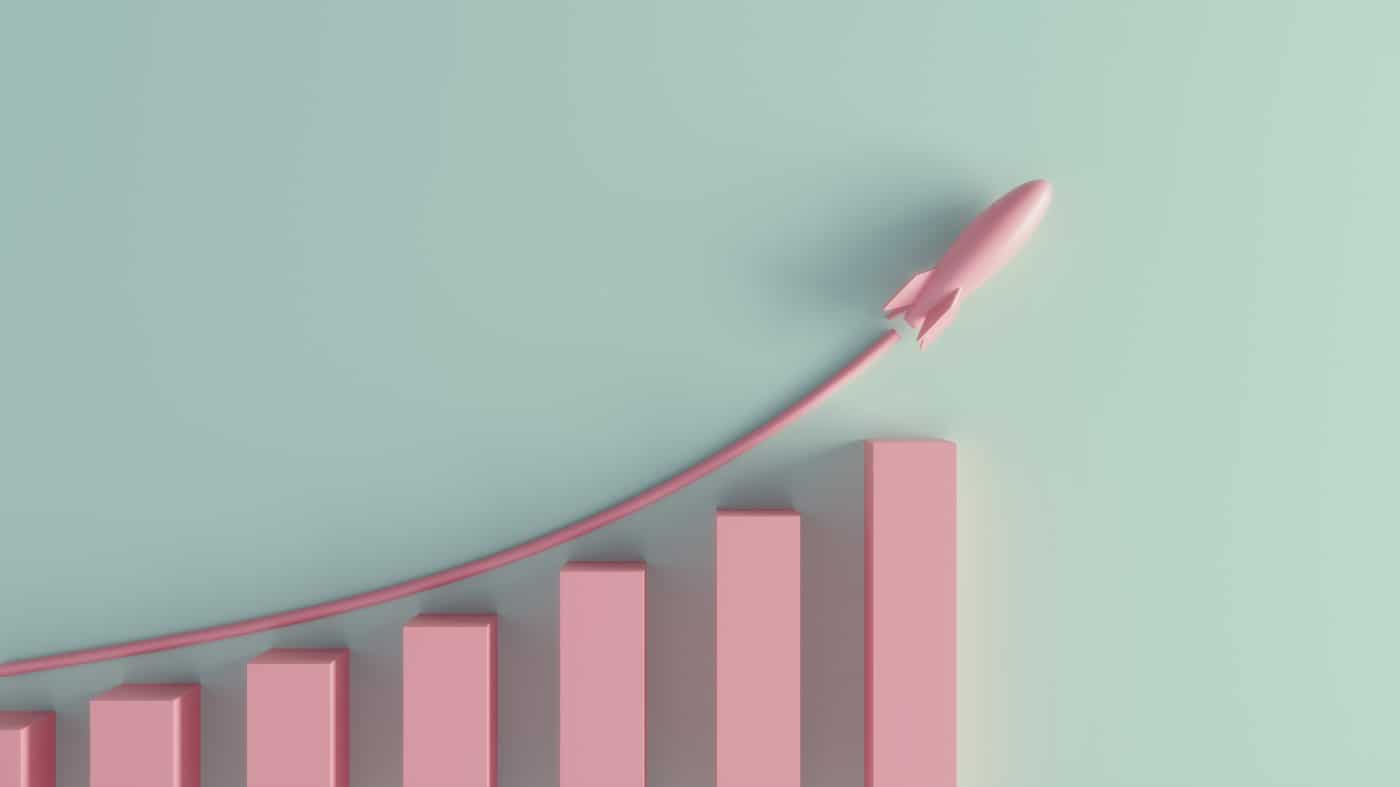Aviva (LSE: AV) shares are up 23% from their 12 February 12-month traded low of £4.15.
Some investors might avoid the stock for fear that it may only lose ground from here. Others may buy it for fear of missing out on continued bullish momentum.
I think if there is significant value left in the stock then I will consider adding to my existing holding.
What’s behind the share price rise?
Aviva shares have long struggled to break and hold decisively above the key £5 level. So, I am treating the recent move higher with caution.
That said, it appears to reflect positive factors surrounding the intended purchase of rival insurer Direct Line. Due to be completed mid-year, this will give the combined entity a 20%+ share of the lucrative motor insurance market. It will also allow for efficiency savings at Aviva and effectively control a significant competitor.
I see the main risk for Aviva being a failure to maximise synergies between the two firms. A broader risk is that inflation picks up again, reigniting the cost-of-living crisis. This could prompt insurance customers to reduce or cancel policies to save money.
However, analysts forecast that Aviva’s earnings will increase 5.4% each year to the end of 2027. And it is this growth that drives a firm’s share price and dividend over the long run.
Are the shares undervalued?
The first element in my appraisal of any stock price is to examine its key valuations with its competitors.
Aviva trades at a price-to-earnings ratio of just 10.7 against a competitor average of 28.6. So, it is very undervalued on this basis.
The same applies to its price-to-book ratio of 1.5 against a 3.8 peer average. And it is also true of its 0.6 price-to-sales ratio compared to the 1.7 average of its competitors.
The second part of my assessment is to look at where a firm’s stock price should be based on future cash flow forecasts. The resultant discounted cash flow analysis for Aviva shows the shares are 52% undervalued at their present £5.11.
Therefore, their fair value is technically £10.65, although market unpredictability might move them lower or higher.
How much passive income can be made?
Aviva shares currently yield 6.5% a year in dividend income. After 10 years on this average yield, investors considering a £10,000 holding would make £9,122 in dividends. And after 30 years on the same basis this would rise to £59,918.
This is based on the yield averaging the same and on the dividends paid being reinvested back into the stock (‘dividend compounding’).
That said, yields change in tandem with share price moves and yearly dividend payments. Analysts forecast that Aviva’s yield will rise to 7.4% in 2025, 7.9% in 2026 and 8.2% in 2027.
However, even on the current 6.5% average, the £10,000 holding above would pay £4,545 a year in dividend income after 30 years.
Consequently, I think it is worth my buying more of the stock, which I will do very soon.
This post was originally published on Motley Fool




